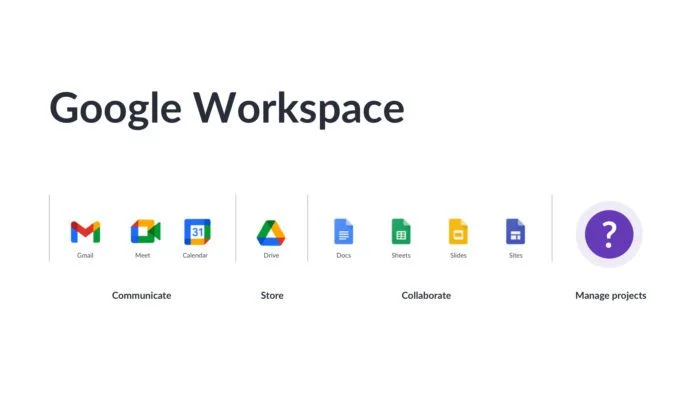

- #GOOGLE WORKSPACE SIGN IN WINDOWS 10#
- #GOOGLE WORKSPACE SIGN IN LICENSE#
- #GOOGLE WORKSPACE SIGN IN FREE#
- #GOOGLE WORKSPACE SIGN IN WINDOWS#

Select Google Cloud / G Suite Connector by Microsoft from results panel and then add the app.In the Add from the gallery section, type Google Cloud / G Suite Connector by Microsoft in the search box.To add new application, select New application.Navigate to Enterprise Applications and then select All Applications.On the left navigation pane, select the Azure Active Directory service.Sign in to the Azure portal using either a work or school account, or a personal Microsoft account.To configure the integration of Google Cloud / G Suite Connector by Microsoft into Azure AD, you need to add Google Cloud / G Suite Connector by Microsoft from the gallery to your list of managed SaaS apps. Google Cloud / G Suite Connector by Microsoft supports Automated user provisioning.Īdding Google Cloud / G Suite Connector by Microsoft from the gallery Google Cloud / G Suite Connector by Microsoft supports SP initiated SSO. In this tutorial, you configure and test Azure AD SSO in a test environment. After that, the user.mail attribute will be autopopulated and the issue should be resolved.
#GOOGLE WORKSPACE SIGN IN LICENSE#
Once the Microsoft 365 license is assigned, it may take some minutes to be applied. You can go to with an Admin account, then click in the Admin center, billing, subscriptions, select your Microsoft 365 Subscription and then click on assign to users, select the users you want to check their subscription and in the right pane, click on edit licenses. If user is not email-enabled, this error will be received as the application needs to get this attribute to give access. The email attribute is autopopulated for any user with a valid Exchange license. Q: What should I do when I get an "invalid email" error message?Ī: For this setup, the email attribute is required for the users to be able to sign-in. Both options require you to perform the steps in the following tutorial to enable single sign-on between Azure AD and Google Cloud / G Suite Connector by Microsoft.
#GOOGLE WORKSPACE SIGN IN WINDOWS#
Alternatively, users could sign into Windows devices that are domain-joined to an on-premises Active Directory that has been enabled for single sign-on to Azure AD via an Active Directory Federation Services (AD FS) deployment.
#GOOGLE WORKSPACE SIGN IN WINDOWS 10#
First, users could sign into Windows 10 devices via Azure Active Directory Join. Q: If a user is signed in through Windows, are they automatically authenticate to Google Cloud / G Suite Connector by Microsoft without getting prompted for a password?Ī: There are two options for enabling this scenario. This prevents members of this (Google Workspace group) from being redirected to Azure AD for logon. Select the SSO profile as "none" for the Google Workspace group. Q: Can I enable single sign-on for only a subset of my Google Cloud / G Suite Connector by Microsoft users?Ī: Yes, the SSO profiles can be selected per User, Organizational Unit or Group in the Google Workspace. Q: If I enable single sign-on, will users be able to use their Azure AD credentials to sign into any Google product, such as Google Classroom, GMail, Google Drive, YouTube, and so on?Ī: Yes, depending on which Google Cloud / G Suite Connector by Microsoft you choose to enable or disable for your organization. See this Google Cloud / G Suite Connector by Microsoft support article for information on why users may get prompted for credentials twice. Q: Are Chromebooks and other Chrome devices compatible with Azure AD single sign-on?Ī: Yes, users are able to sign into their Chromebook devices using their Azure AD credentials. So to do the GCP integration you need to configure the SSO with Google Apps. Google Cloud Platform and Google Apps share the same authentication platform.

Q: Does this integration support Google Cloud Platform SSO integration with Azure AD?Ī: Yes.
#GOOGLE WORKSPACE SIGN IN FREE#

To test the steps in this tutorial, we do not recommend using a production environment.


 0 kommentar(er)
0 kommentar(er)
